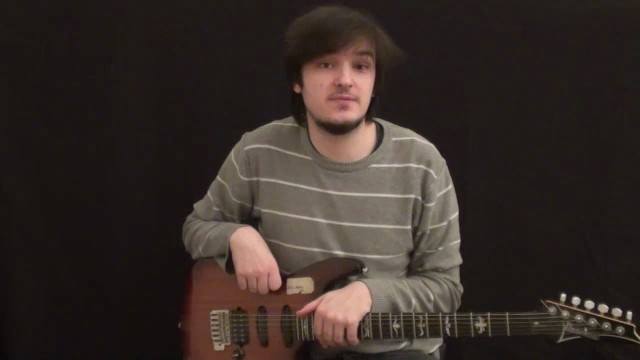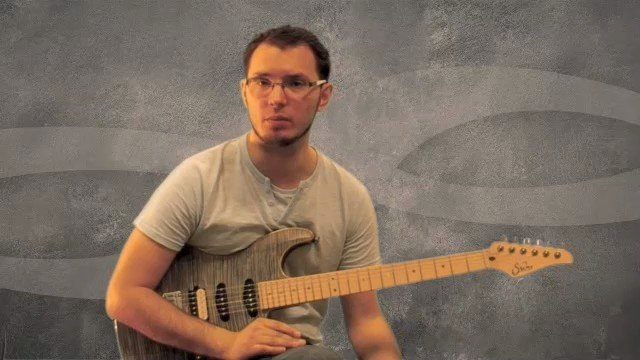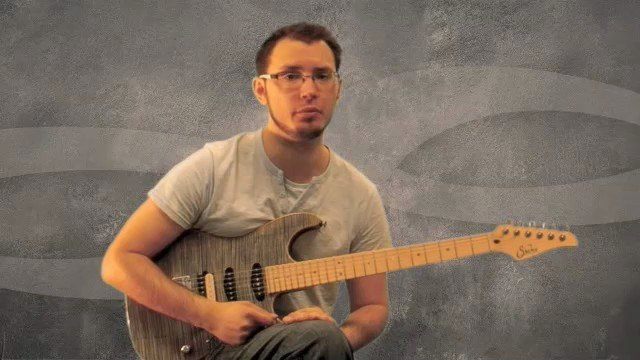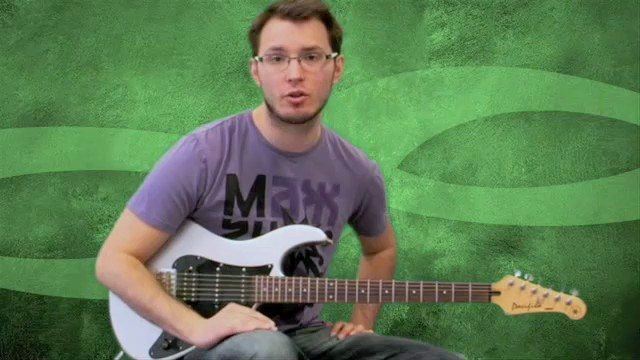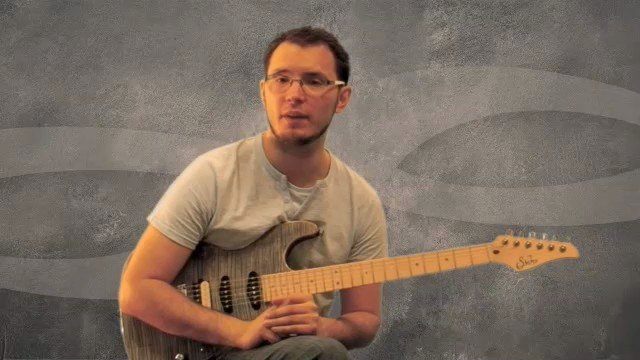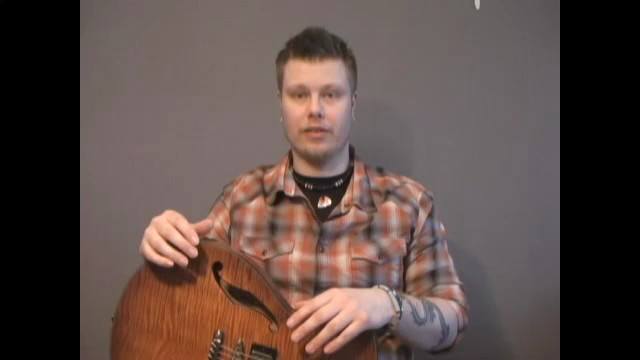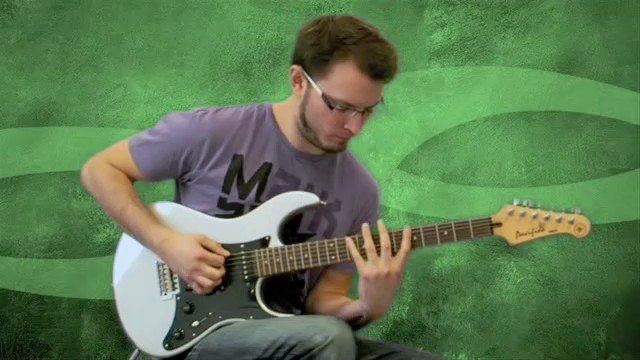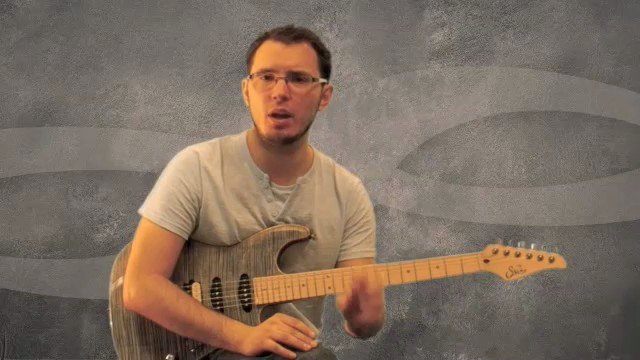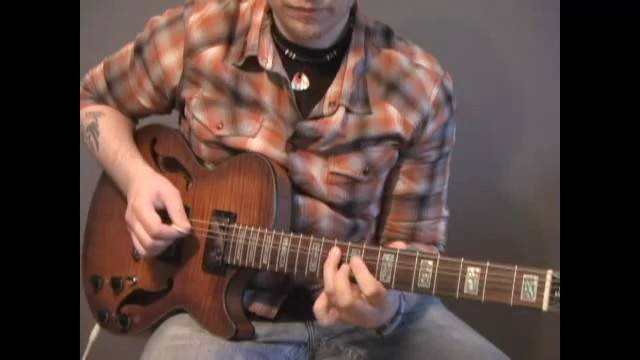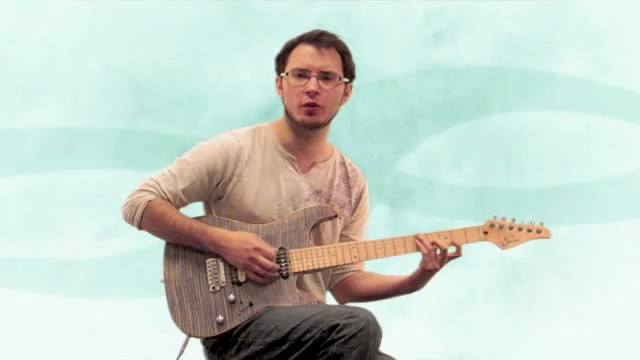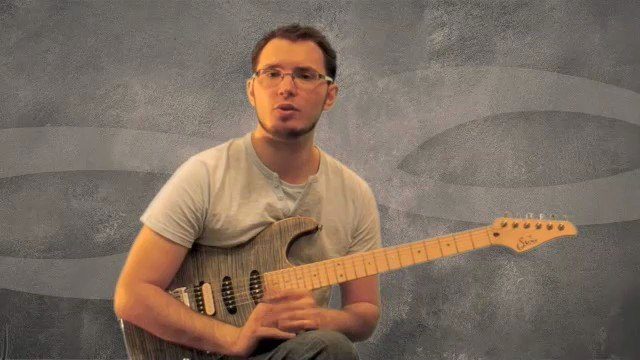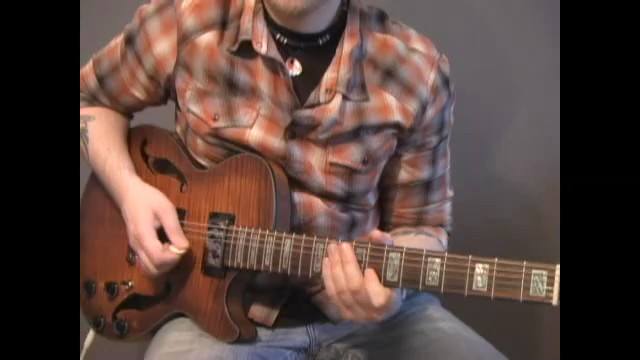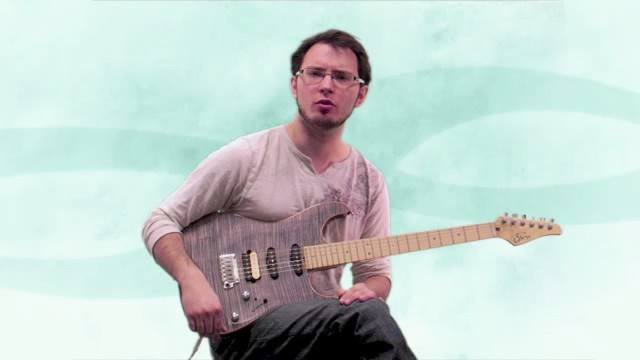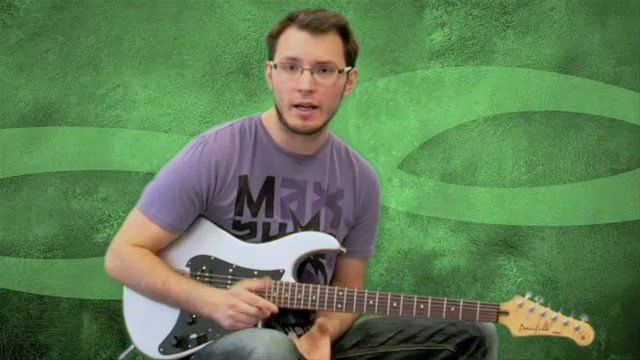So throughout this tutorial I already mentioned that we'll be dealing with Modal Progressions which are non-functional. In other words, they don't outline one key centre as with functional progressions. Each chord is from a different key and requires a new scale. This is why we think modally rather than in keys.
An example of a modal progression would be,
G7sus4, Bbm7, F#9, F7sus4
None of these chords are in the same key so they each need a different modal scale to play over them. This is very common in modern fusion/jazz.
In order to do this you're going to need to know which scales fit with which chords. If you already know this info I'd recommend you check out the next few videos anyway incase there's any chord symbols you don't recognise.
Each video lists the chord type and all it's derivatives in a table and the relevant scale choices available to you. Major, Minor, Dominant and Minor 7b5 chords are all dealt with over the following four videos.









































































